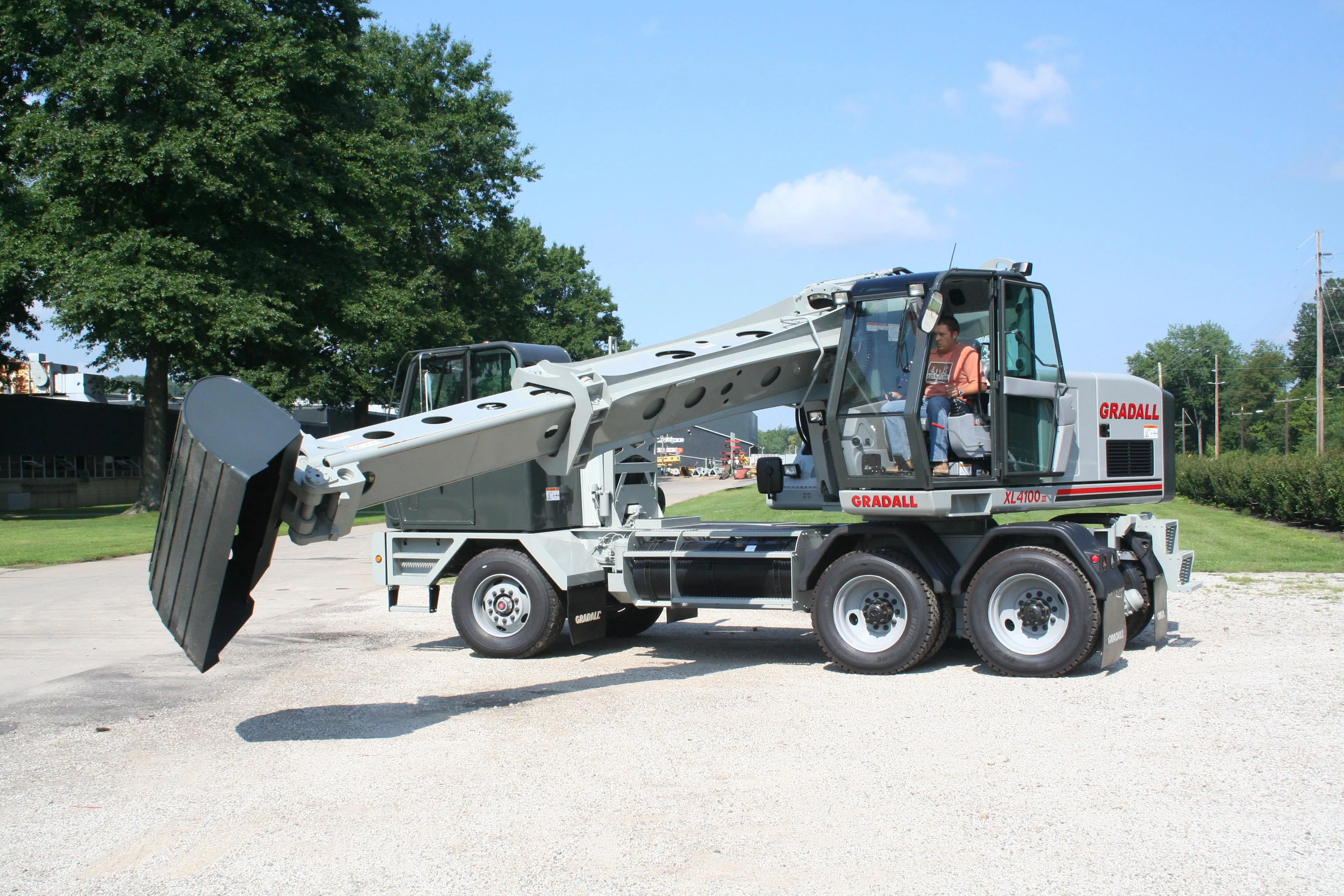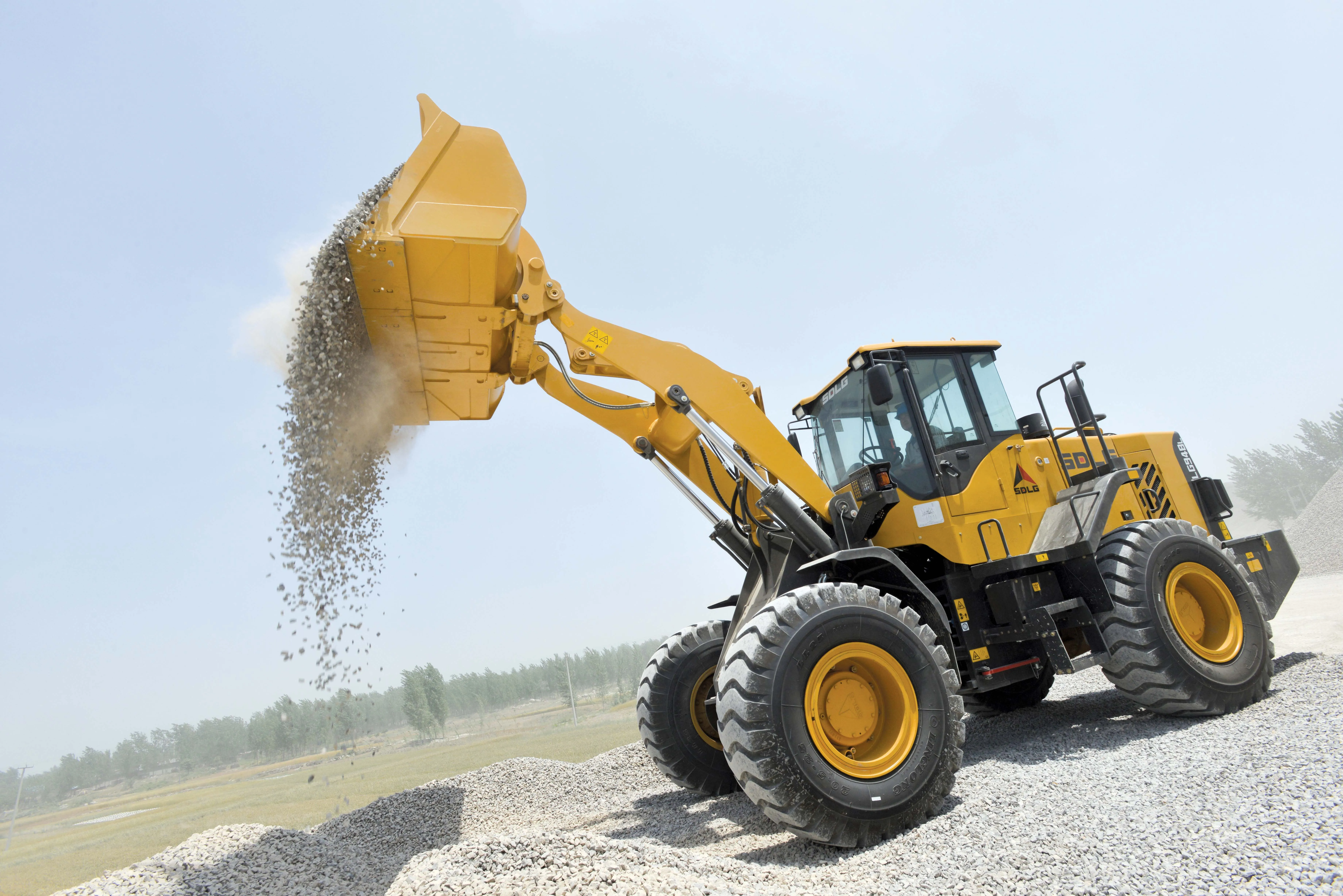A range of safety specific additions have been made to JCB's 8018 mini excavator after the company worked with leading utility contractors to develop a special industry-specific version of the machine. The largest of the three 801 minis, the 1.6tonne machine retains its digging capabilities and its powerful 14.2kW Tier III compliant motor, but the utility pack offers requested upgrades. For example, to prevent damage on site, the lower door window has been replaced by a steel panel and the rear counterweigh
February 15, 2012
Read time: 2 mins

A range of safety specific additions have been made to 255 JCB's 8018 mini excavator after the company worked with leading utility contractors to develop a special industry-specific version of the machine.
The largest of the three 801 minis, the 1.6tonne machine retains its digging capabilities and its powerful 14.2kW Tier III compliant motor, but the utility pack offers requested upgrades.
For example, to prevent damage on site, the lower door window has been replaced by a steel panel and the rear counterweight has additional rubber protective strips. The working lights, mounted on the cab roof and on the boom, are also equipped with protective guards to prevent damage.
The utility pack will include two fold-down durable nylon supports for the dozer blade: they sit on the road surface while digging, thus preventing any damage to the asphalt as the dozer blade is pushed down, and are folded away when the blade is required for dozing work.
JCB will also provide the 8018 with all necessary wiring for customers to fit the EZiDIG service locator from UK company Cable Detection. This allows rapid installation of the EZiDIG sensor unit to the dipper arm, and the full in-cab display unit. The sensor constantly scans the ground for signals emitted by buried services, providing an additional level of security for operatives on site and preventing potentially costly damage to cables and to the machine.
Additional tie-down points complete the utility package, the four swivelling points being located higher on the machine's upper structure to prevent straps pulling on the sides of plant trailers during transit.
In addition to the utility specification, regular factory options include a hand-held hydraulic tool circuit that can be used to power breakers, pumps, road saws and a number of other JCB attachments
The largest of the three 801 minis, the 1.6tonne machine retains its digging capabilities and its powerful 14.2kW Tier III compliant motor, but the utility pack offers requested upgrades.
For example, to prevent damage on site, the lower door window has been replaced by a steel panel and the rear counterweight has additional rubber protective strips. The working lights, mounted on the cab roof and on the boom, are also equipped with protective guards to prevent damage.
The utility pack will include two fold-down durable nylon supports for the dozer blade: they sit on the road surface while digging, thus preventing any damage to the asphalt as the dozer blade is pushed down, and are folded away when the blade is required for dozing work.
JCB will also provide the 8018 with all necessary wiring for customers to fit the EZiDIG service locator from UK company Cable Detection. This allows rapid installation of the EZiDIG sensor unit to the dipper arm, and the full in-cab display unit. The sensor constantly scans the ground for signals emitted by buried services, providing an additional level of security for operatives on site and preventing potentially costly damage to cables and to the machine.
Additional tie-down points complete the utility package, the four swivelling points being located higher on the machine's upper structure to prevent straps pulling on the sides of plant trailers during transit.
In addition to the utility specification, regular factory options include a hand-held hydraulic tool circuit that can be used to power breakers, pumps, road saws and a number of other JCB attachments









